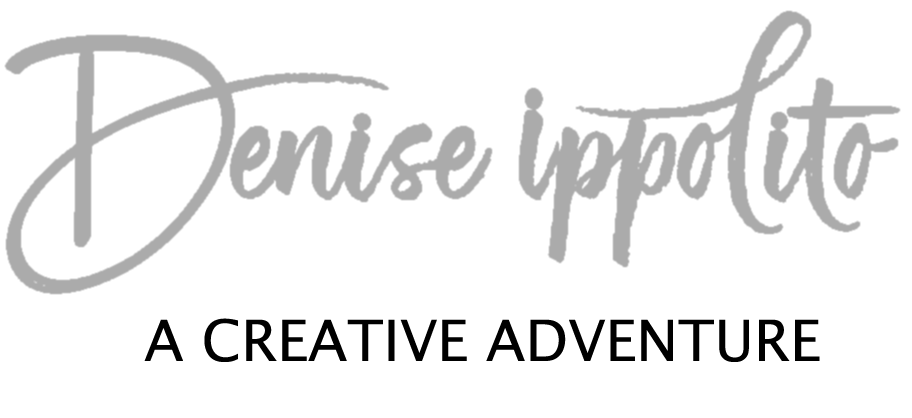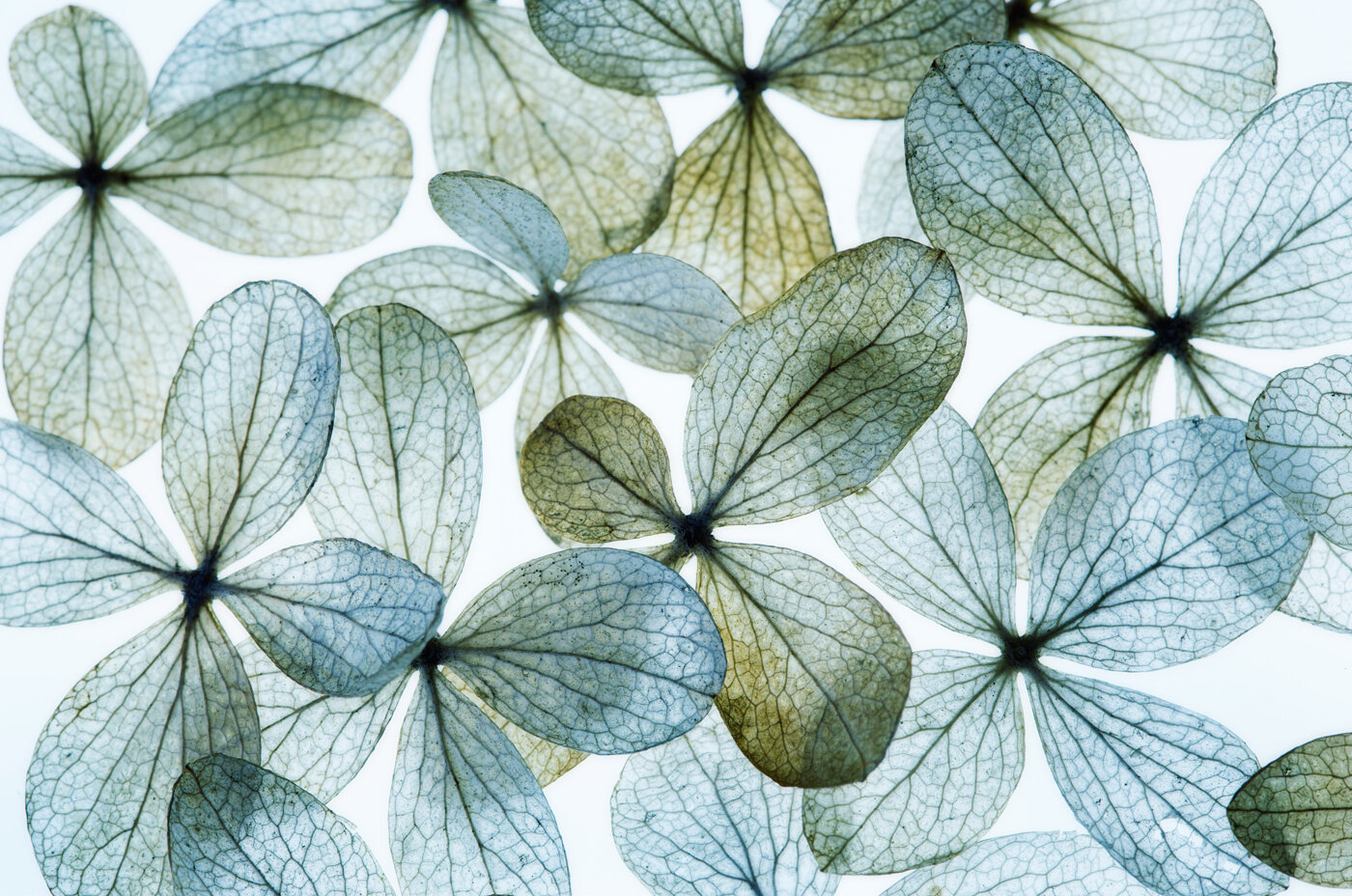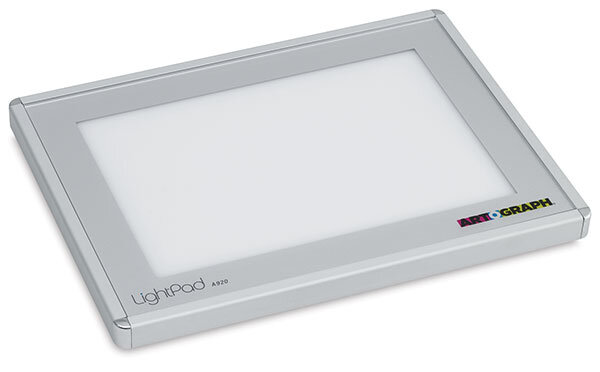Over the last month, as many of you know, I have been forced to postpone several workshops due to the Coronavirus. Most recently my Palouse and Olympic Peninsula workshops have been rescheduled. So I am in the process of moving and adding a few workshops. Some of my “sold out” workshops now have spots available because of all of this change.
I will be conducting a 5 day East Coast Florida workshop directly after my Death Valley NP workshop in February of 2021. I have also added a three day post processing session for those folks wanting to brush up their Photoshop skills, see below.
Florida East Coast Bird Photography Workshop —February 16, 17, 18, 19, 20, 2021 -$1799.00/Limit 10
Join me for five days of bird photography on the Florida East Coast. There are tons of great birding spots in Florida and we will hit quite a few of them, Exact locations will of course be determined by the birds—after all they are in charge! Daily schedule will be an early morning shoot followed by a break then head back out for a late afternoon shoot. A detailed file will be sent with hotel, gear and clothing recommendations. Our base will be Vero Beach Florida. We will squeeze in informal image reviews and post processing sessions.
In-the-field instruction includes:
Image composition and image design
Birds in flight and how to capture them successfully
Sharpness and hand holding techniques will all be covered
Learn to see situations before they unfold
Exposure, how to read your histogram effectively
Camera settings for birds, including f-stops, shutter speeds, focus modes and much more
Gear, including tripod, head etc…
Creative bird photography including pleasing blurs, silhouettes and more
*This workshop is based out of Vero Beach Florida, ground transportation, meals and lodging not included
Florida East Coast Photo Editing Workshop —February 21, 22, 23, 2021 - $999.00/Limit 10
3 days of intense Photoshop, Lightroom, plug-ins and photo editing, image review. Whether you are looking to enter a photo contest, put together a portfolio, add some pop to you photos than this photo editing workshop is for you. I will be covering the “normal” editing and also some “creative” editing for your photos. If you do not know how to work with layers and masks effectively, I can teach you. I can also show you many techniques that I have developed over the years. In addition to photo editing we will discuss composition and image design. I will help you set up your workflow so that you can start editing like a pro.
At the end of our three day session I have set aside 2 hours for clients image review. All are encouraged to bring some of their favorite images to share with me and the group. You could also bring images that you want some help with, it’s up to you. This is not a critique session—but rather an image review and learning session.
PLEASE KNOW THAT WHEN I SPEAK OF LIGHTROOM, I AM ALSO SPEAKING ABOUT ADOBE CAMERA RAW.
*Critiques will only be offered if asked.
To sign up for Either of these workshops CLICK HERE and scroll to the workshop.
Both workshops need a minimum of 8.
































